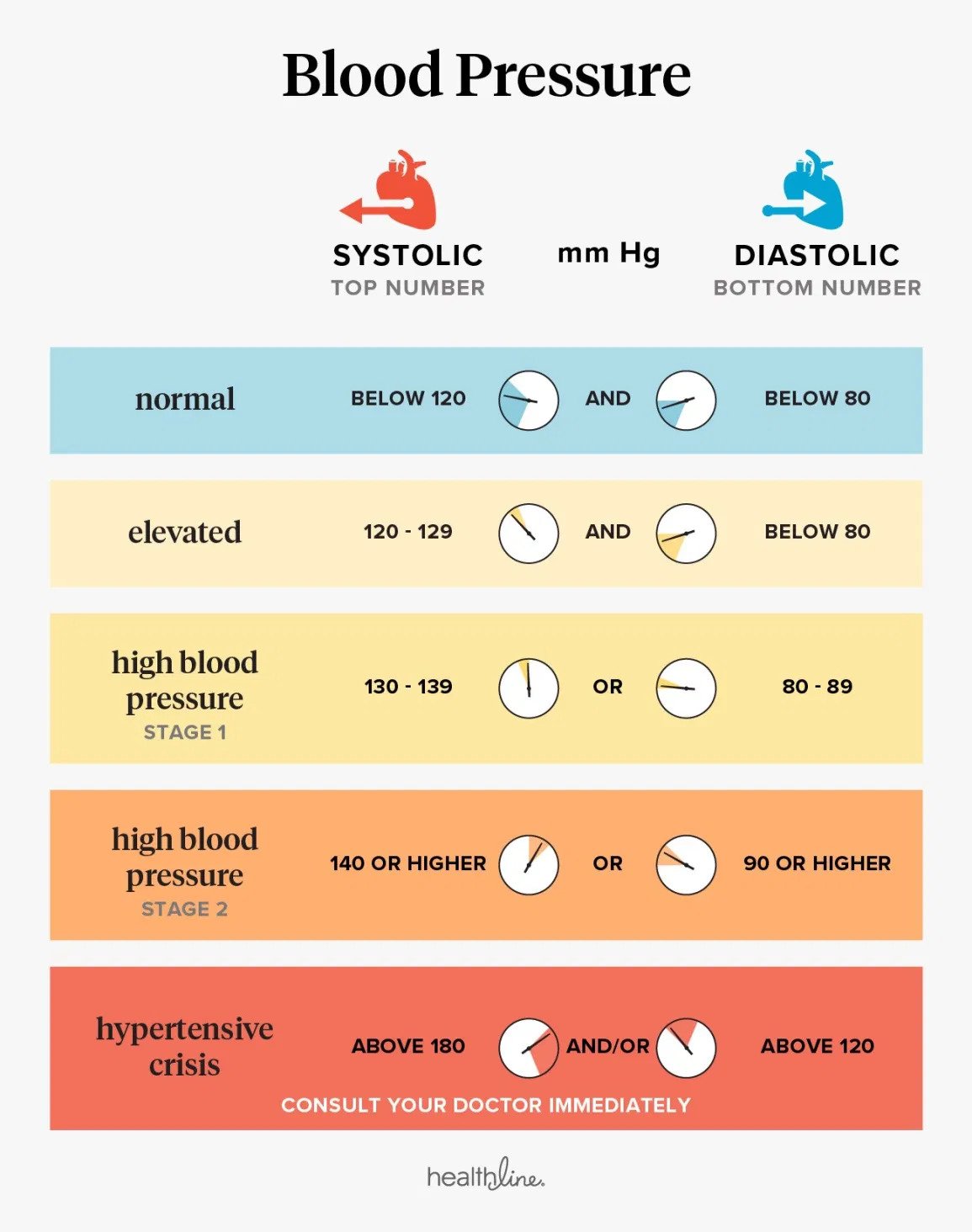High blood pressure, also known as hypertension, is a condition that affects millions of people worldwide. It is a leading cause of heart disease and stroke and can cause lasting damage to the body if left untreated. If you have high BP, it is important to know the Guidelines for BP Levels set by the World Health Organization. These guidelines can help you determine if your blood pressure is a cause for concern.
How to Check Blood Pressure?
- Blood pressure should be measured using standard mercury or aneroid sphygmomanometer.
- The cuff size should be appropriate for the arm circumference.
- The bladder should encircle at least 80% of the arm.
- The cuff should be placed on the bare skin, not over clothing.
- The mercury column should be at eye level.
- The artery should be palpated to determine the correct placement of the cuff.
- The stethoscope should be placed under the cuff.
- The mercury column should be inflated until the artery is no longer audible.
- The mercury column should be slowly released until the first appearance of the radial pulse.
- The BP should be recorded as the mercury column falls.

It is always advised to follow up with a vascular surgeon to check your BP, as this can help identify any potential underlying causes for your symptoms. If you have high blood pressure, for example, you may be at increased risk of developing blood clots. Following up with a vascular surgeon can help you get the treatment you need to reduce your risk of developing serious health complications.




